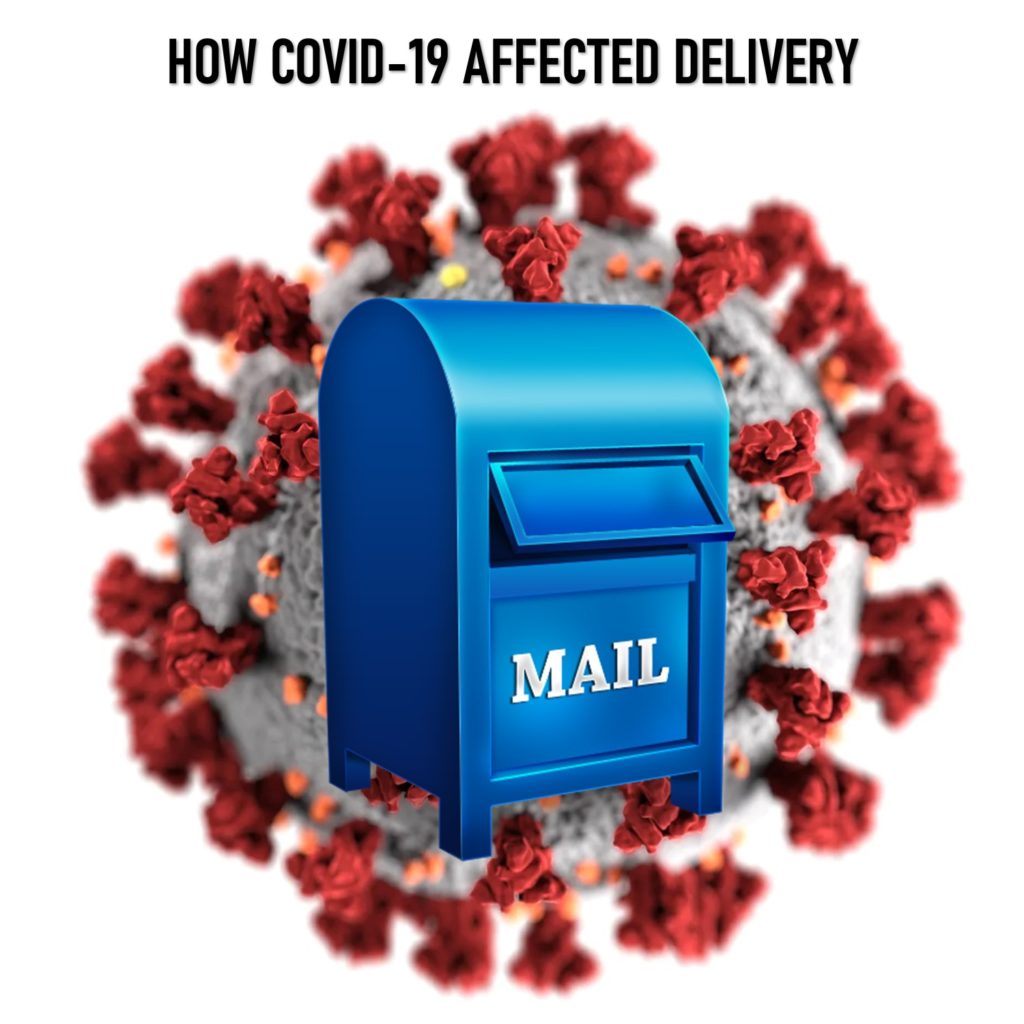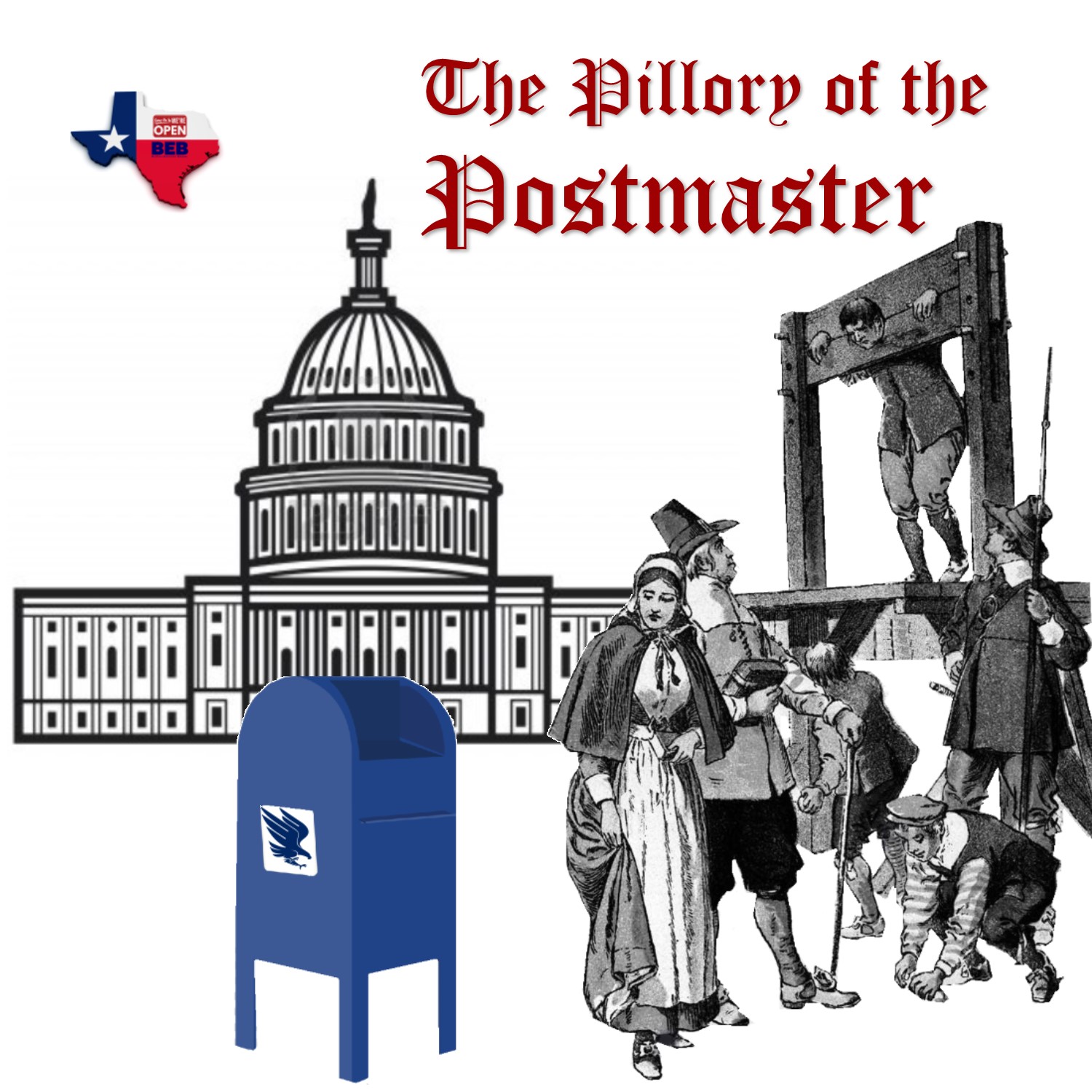
Based on a recent Faith Communities Today survey, small to mid-sized churches are finding that half of the country’s congregations have 65 or fewer people in attendance on any given weekend. That’s a drop from a median attendance level of 137 people in 2000.
Produced by the Hartford Institute for Religion Research, the FACT survey consists of self-reported questionnaires sent out to congregational leaders every five years since 2000.
Congregations with 1,500+ people in attendance were able to avoid decline; 71% of those large churches grew over the past five years. Larger churches tend to have full-time clergy, greater financial and physical resources and a diversity of ages and races among members.
However, smaller churches tend to have higher levels of member commitment, parishioners give more money per person, and are more likely to volunteer. These churches spend less on staffing and give the highest percentage of their budget toward missions and charity.
Churches with more than 250 attendees account for 10% of all U.S. congregations, yet host close to 60% of all weekly churchgoers.
With a larger number of parishioners comes a decline in per capita giving, willingness to volunteer, and a lower overall level of participation within the congregation.
As large gatherings continue to raise safety issues, determining how to draw existing and new members to churches remain a priority for leaders. Engagement with participants and the community surrounding the church are essential in attracting individuals to worship.
Direct mail is a great way to connect with your congregation and community. Invite your neighbors to join your smaller group gatherings such as bible studies, or support groups.
Using direct mail to notify your parishioners about upcoming events, or sending a saturation mailing to every household within a certain radius is an excellent way to increase participation. Direct Mail Works!
#DirectMailWorks









